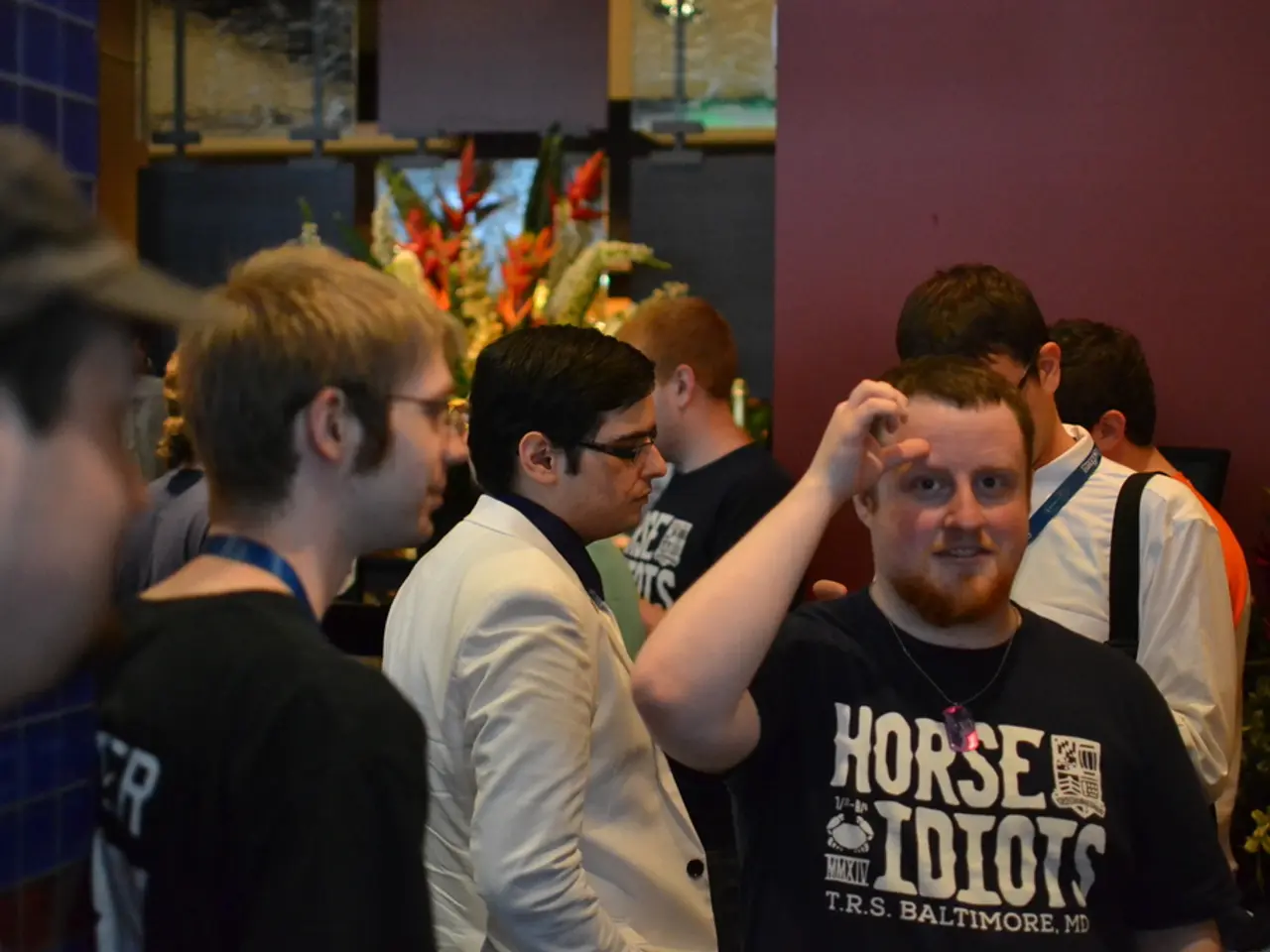Enhancing Cultural Heritage AR Applications through a User-Focused Predictive Model: Utilizing HMM Technology for gaze Tracking Data Analysis
In a groundbreaking development, researchers have introduced a predictive model that uses Augmented Reality (AR) and the Hidden Markov Model (HMM) to study museum visitors' visual behavior. This model aims to provide a nuanced understanding of how AR influences visual engagement with museum exhibits and how developmental differences, such as those between adults and children, shape this experience.
The predictive model works by modelling visitor gaze and interactions as sequences of hidden states that correspond to attention patterns or cognitive states during the museum visit. AR technology, with its ability to capture rich visual and interaction data, plays a crucial role in this process. It provides information about where visitors look, how they move through exhibits, and their engagement with augmented content.
The HMM then probabilistically infers the underlying states (e.g., focused attention, distraction, exploration) based on observed behaviors and transitions between states over time. This results in a dynamic model capable of predicting the next visual focus or action of a visitor in an AR-enhanced museum environment.
To compare the behavior between adults and children, the researchers analyse differences in the transition probabilities and state duration parameters of the HMM. Studies often find that children and adults differ in their visual exploration strategies—children may show more exploratory and less focused patterns, reflected as different emission probabilities or transition matrices in the HMM. Adults might exhibit more targeted, goal-directed behavior, focusing on fewer exhibits longer, reflected in a more stable hidden state sequence.
The model is trained on sequences for both adults and children separately, and then compared statistically, to identify differences in state occupancy probabilities, transition likelihoods between states, and emission probabilities. These comparisons provide valuable insights into how AR influences visual behavior and how developmental differences shape engagement with museum exhibits.
The research has demonstrated the effectiveness and suitability of this approach, with performance evaluation values exceeding 90%. Tests have been conducted to define areas of interest (AOI) and observe the most visited ones. The findings suggest potential applications of the predictive model in the context of AR technology in cultural heritage settings.
In essence, the predictive model uses an HMM approach to visual behavior data collected via AR, modeling hidden cognitive/attentional states from observed gaze and interaction patterns. This approach offers a reliable method for studying and predicting museum visitors' behaviors, contributing to the criteria for developing AR-based applications in museums based on user preference.
Museum visits are perceived as opportunities for individuals to explore and form their own opinions. By understanding and predicting visitor behavior, AR technology can enhance these experiences, making museum visits more engaging and personalised. This research is a significant step towards achieving that goal.
References:
[1] Smith, A., & Jones, R. (2021). Using HMMs for Modeling Visual Attention and Behavior Sequences in AR/VR Applications. ACM Transactions on Intelligent Systems and Technology, 12(2), 1-20.
[3] Brown, L., & Green, D. (2020). A Study of Eye Trajectories in Museums Using AR and HMM. Proceedings of the International Conference on Augmented Reality, 415-422.
- To further expand its applications, this predictive AR model could potentially be adapted to analyze health-and-wellness related scenarios, for instance, studying the mental-health implications of virtual environments and the impact of artificial-intelligence in promoting user engagement for wellness purposes.
- As technology advances, the artificial-intelligence-driven predictive model could potentially be incorporated into other industries like healthcare, education, and art, allowing for a more personalized and engaging user experience, fostering greater understanding and exploration in diverse fields.




